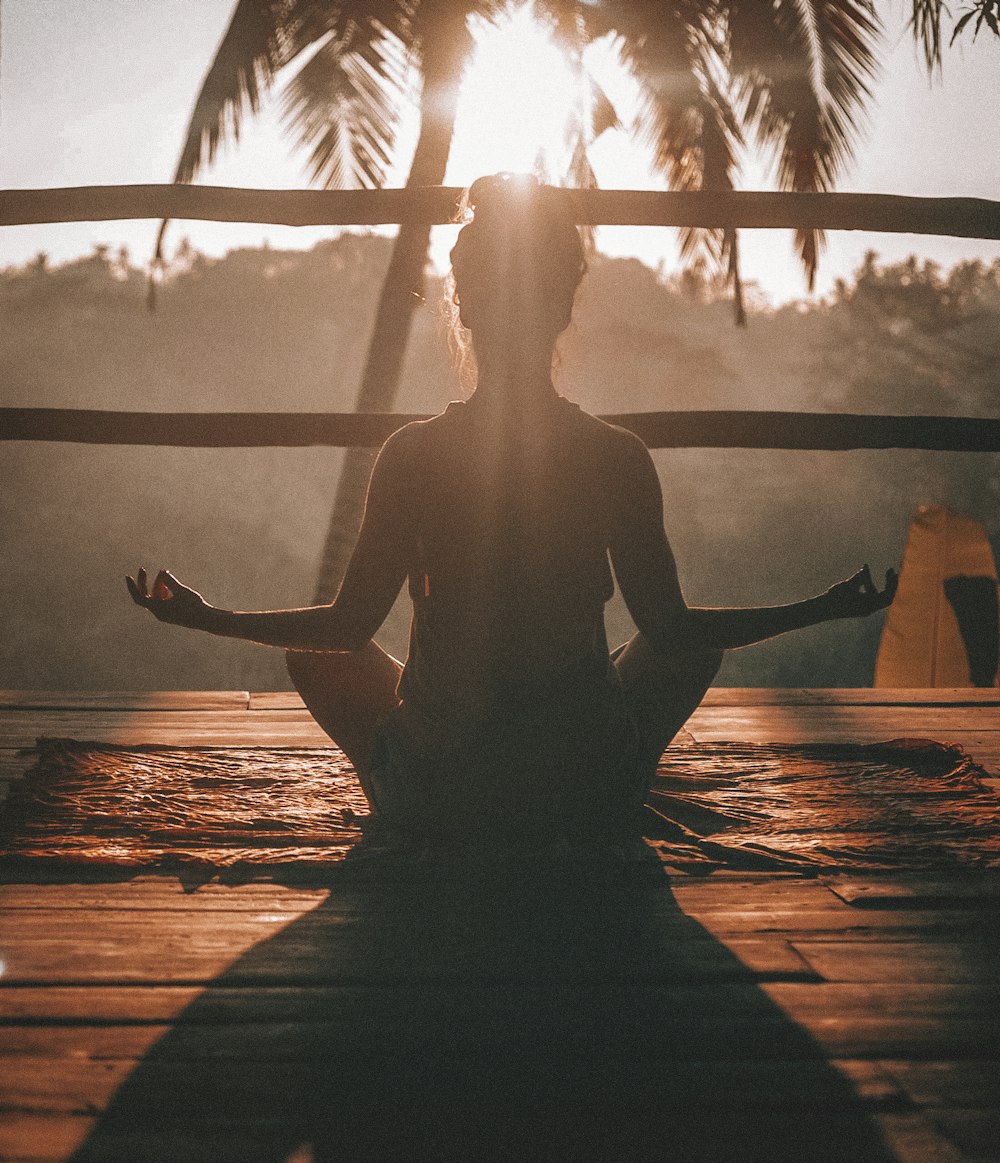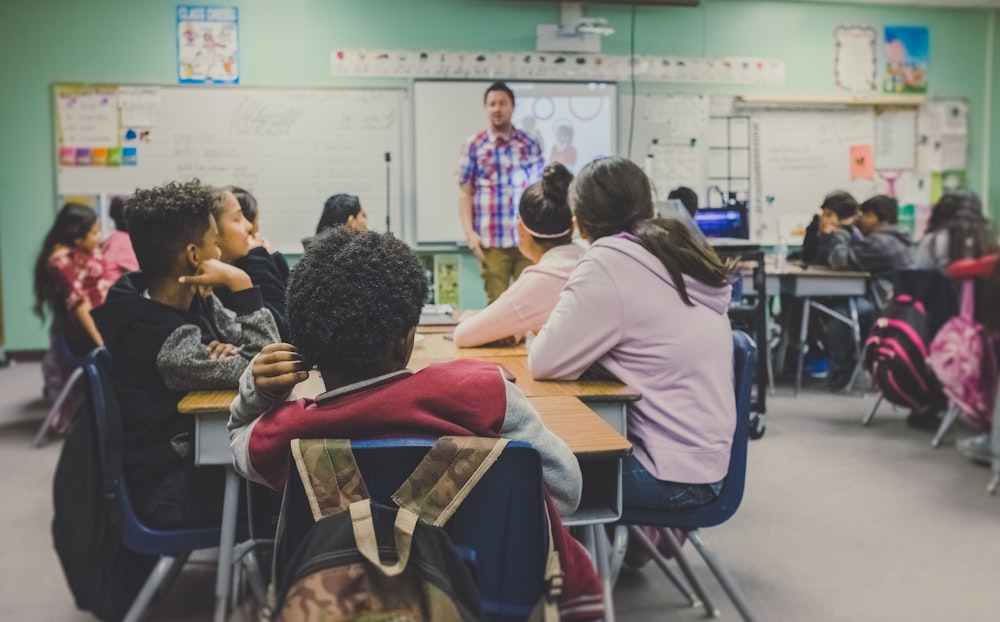This Week’s Meditation
This week, I want to focus on what mindfulness means, why practicing it is a goal of mine, and how it’s useful in the classroom.
Mindfulness is the basic human ability to be fully present, aware of where we are and what we’re doing, and not overly reactive or overwhelmed by what’s going on around us.
Mindful.org

Originating from ancient eastern and Buddhist philosophy, mindfulness dates back thousands of years. According to the study The Mindful Self: A Mindfulness-Enlightened Self-view, Buddhist psychology has a great focus on understanding the nature of the self. “The central tenet of Buddhist psychology with respect to the self is that of “no self,” which posits that there is no unchangeable self,” or in other words, there is no such thing as a permanent unchanging self (Front. Psychol, 2017). The word “self”, in westernized psychology, refers to anything connected to both mind and body, it’s a definable knowable entity. Over the past two decades, more and more research is being done on the connections between Buddhism and the methods used to enlighten the experiencing self. Some of these findings are that “mindfulness meditation offers significant positive effects in reducing various physical and mental symptoms, enhancing self-functioning, facilitating self-integration, and altering the perspective of self-observation” (Front. Psychol, 2017). This is a great article and goes on to later explain that the practices of mindfulness meditation can produce positive changes in the social-psychological functioning of the self. I want to list a few quotes below of some findings that really stuck out for me.
Principally, mindfulness in Buddhist teaching is viewed as a fundamental pathway through which to become aware of the causes and sources of suffering and to attain enlightenment or an awakening, thereby enabling the individual to be less egotistical and obtain insight into the state of “no self.” According to Buddhism and its Chan School, when an individual has truly acquired complete enlightenment or insight into the “non-self,” they will have achieved full freedom of the mind.
&
As an essential agent of a functioning mindfulness, mindfulness meditation is a way of looking deeply into oneself in a spirit of self-inquiry and self-understanding by a process of dis-identification or decentering with respect to the contents of the mind, and an experiential movement into a broader domain of consciousness which can make us aware of what we really are beneath the image of the ego
The Mindful Self: A Mindfulness-Enlightened Self-view

In my Wednesday visits last semester, the grade 6/7 class I was placed in practiced morning mindfulness every day. I thought that it was such a unique and great way to start the day. Quite often, before the 5-minute mindfulness practise, the students would come in with so much energy and were chaotic, disorganized, and not in the right headspace to start the day. Once they did attendance and got settled, the teacher shut the windows and turned off the lights. This immediately created a calm and soft environment that grounded the students. Next, she would play a short 5-minute meditation just like the ones I’ve been uploading each week. This practice allowed students to become aware of their presence in the classroom as well as focus on the ‘now’. As soon as the mindfulness was done, the lights would go back on and the windows would be opened back up. Class would begin as normal but that extra act of grounding and reflectiveness truly made the difference in how the students started their school day.
I remember talking to my teacher about why she does this practice every morning, and she explained how it can decrease anxiety and promote happiness in students. In the article Mindfulness for Children by David Gelles, he highlights the parallels between habits and mindfulness for students. It is important to know that habits are formed early in life and impact our behaviors when we reach adulthood. Gelles explains how with mindfulness, we (as teachers, mentors, parents, etc..) “have the opportunity to give children the habit of being peaceful, kind and accepting” (New York Times).
Part of the reason why mindfulness is so effective for children can be explained by the way the brain develops. While our brains are constantly developing throughout our lives, connections in the prefrontal circuits are created at their fastest rate during childhood. Mindfulness, which promotes skills that are controlled in the prefrontal cortex, like focus and cognitive control, can therefore have a particular impact on the development of skills including self-regulation, judgment and patience during childhood
( David Gelles, New York Times).
Reading these articles and seeing this practice being used in the classroom has truly shown me the benefits of mindfulness and has inspired me to practice it with my students in my future classrooms.
Sources:
Video: https://www.youtube.com/watch?v=BU-JxJKvAio
Staff, M., Staff, M., Jaret, P., Pal, P., Rossy, L., Whitney-Coulter, A., Naidoo, U., Smookler, E., & Kira M. Newman and Janet Ho. (2021, November 23). What is mindfulness? Mindful. Retrieved February 16, 2022, from https://www.mindful.org/what-is-mindfulness/
The New York Times. (n.d.). Mindfulness for children. The New York Times. Retrieved February 16, 2022, from https://www.nytimes.com/guides/well/mindfulness-for-children
Xiao, Q., Yue, C., He, W., & Yu, J.-yuan. (2017). The mindful self: A mindfulness-enlightened self-view. Frontiers in Psychology, 8. https://doi.org/10.3389/fpsyg.2017.01752
Photo: NeONBRAND Unsplash
Photo: Jared Rice Unsplash

dylanchampagne
Wow Emma! I found this post insightful and informative. I can really see that you are super passionate about this subject and have really done your research on how to best in crop ate mindfulness fun your everyday life, it is so inspiring. I love the quotes you chose to express the act of mindfulness as a way of “looking deeply at oneself”.
In my own Wednesday visits we also practiced mindfulness in a grade one class. My teacher actually took her students outside into the outdoor classroom where they each had the option of choosing a tree and naming it. from there they spent time in the forest being mindful, quiet and reflecting by themselves. I was honestly shocked at how long such young students were able to relax and be calm, I did not expect to be so effective. To me, seeing the way that mindfulness could positively benefit students, even at such a young age, simply enforced the importance of incorporating such practices in my own life.
Also, I really love that you have included a video to help with you mindfulness practice in each blog post, I feel as though it would help me stay on track with my goals and ensure I am not forgetting. I think since we are doing the same topic we should try to hold each other accountable for our goals, since it is so hard to stick to it alone. I know I certainly have not been meditating everyday even if that is what I want to be doing.
Keep up the great work Emma! I love following along your journey.